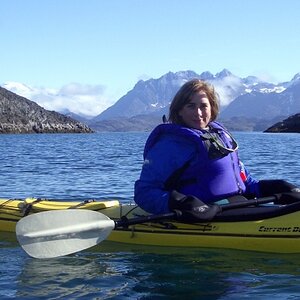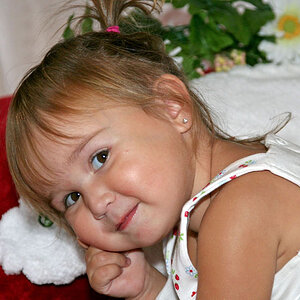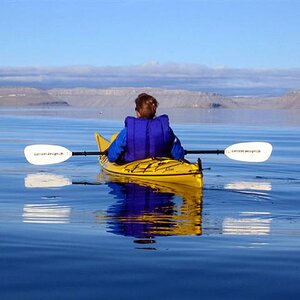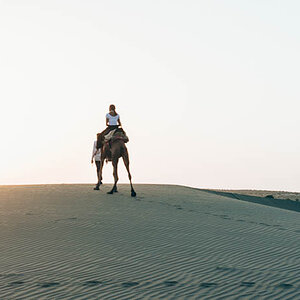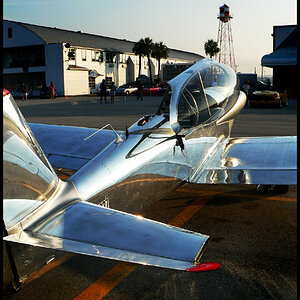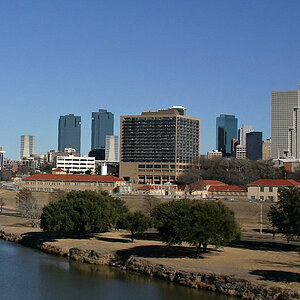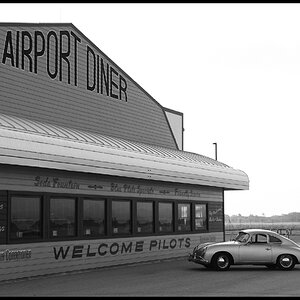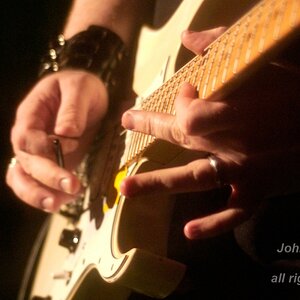Tgoodwater2002
TPF Noob!
- Joined
- Oct 30, 2016
- Messages
- 20
- Reaction score
- 3
- Can others edit my Photos
- Photos OK to edit
I am trying to take night shots of this young man. He wanted night pictures. I cannot seem to get him in focus. I am using a tripod with a Shanny speed light SN600 on night mode. Because I can get the exposure right on manual mode when I try and copy the settings of night mode. He is never in focus. All pictures taken with a 50mm 1.8 lens.

This one was taken on night mode. 2.8 ISO 800 and shutter speed of 1 ? Can I not take an action photo at night??

This one was 5.0, ISO 800 and shutter at 1 in Av mode. With WB on auto. What WB should I be on at night? When in manual mode?

What am I doing wrong and what do I need to do? Thanks.
This one was taken on night mode. 2.8 ISO 800 and shutter speed of 1 ? Can I not take an action photo at night??
This one was 5.0, ISO 800 and shutter at 1 in Av mode. With WB on auto. What WB should I be on at night? When in manual mode?
What am I doing wrong and what do I need to do? Thanks.


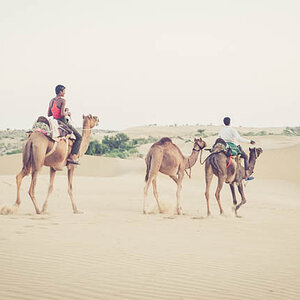
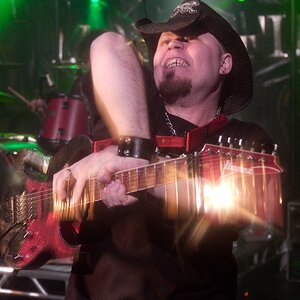
![[No title]](/data/xfmg/thumbnail/37/37604-7ad625e983f92f880eb65a264eeef5e4.jpg?1619738148)

